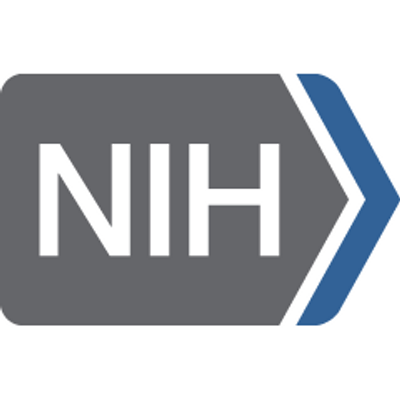
NIH Researchers have analyzed data on approximately 5,000 individuals aged 16-30 with commercial health insurance who had received a new psychosis diagnosis, and followed them for the next 12 months. They found that the group had a mortality rate at least 24 times greater than the same age group in the general population, in the 12 months after the initial psychosis diagnosis. This study, funded by the National Institute of Mental Health (NIMH), part of the National Institutes of Health, underscores that young people experiencing psychosis warrant intensive and proactive treatments, services and supports.
The research, led by Michael Schoenbaum, Ph.D., Senior Advisor for Mental Health Services, Epidemiology, and Economics at NIMH, was published online today by Schizophrenia Bulletin.
The research team used insurance claims data to identify young people aged 16-30 who had been diagnosed with a first episode of psychosis in 2008-2009. They used data from the Social Security Administration to identify deaths in this population within 12 months of the initial psychosis diagnosis. Data on cause or manner of death were not available for this research. The 12-month mortality rate for these young people — from any cause — was at least 24 times higher than their peers in the general population. In the general United States population, only individuals over age 70 come close to a similar 12-month mortality rate.
“These findings show the importance of tracking mortality in individuals with mental illness,” said Schoenbaum. “Health systems do this in other areas of medicine, such as cancer and cardiology, but not for mental illness. Of course, we also need to learn how these young people are losing their lives.”
In addition to mortality, the study examined the health care individuals received in the 12 months after the initial psychosis diagnosis. Those data showed that young people with a new psychosis diagnosis had surprisingly low rates of medical oversight and only modest involvement with psychosocial treatment providers. Overall, 61 percent of them did not receive any antipsychotic medications, and 41 percent did not receive any psychotherapy. Those who died within 12 months of diagnosis received even less outpatient treatment and relied more heavily on hospital and emergency care.
“Other studies have shown that early coordinated treatment for psychosis produces the best results. However, we know that the typical duration of untreated psychosis in the United States is around 17 months,” said Robert Heinssen, Ph.D., director of the Division of Intervention Services at NIMH and co-author on the paper. “This study reinforces federal and state support for funding evidence-based psychosis treatment programs across the country, and the need for communities to invest in more treatment programs.”
“Grants from the Substance Abuse and Mental Health Services Administration promote many of these programs in communities throughout the U.S.,” said Acting Deputy Assistant Secretary Kana Enomoto, head of the Substance Abuse and Mental Health Services Administration (SAMHSA).
“The future of this research will show us what is happening with young people in this population, and help us tailor interventions to address their risks,” added Schoenbaum. “In the meantime, this study is a wake-up call telling us that young people experiencing psychosis need intensive, integrated clinical and psychosocial supports.”
About the National Institute of Mental Health (NIMH): The mission of the NIMH is to transform the understanding and treatment of mental illnesses through basic and clinical research, paving the way for prevention, recovery and cure.
Nih-funded, increased early intervention programmes